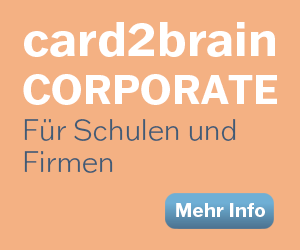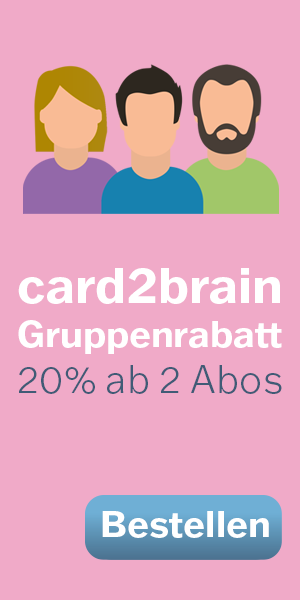ch7
ch
ch
Kartei Details
| Karten | 18 |
|---|---|
| Sprache | Deutsch |
| Kategorie | Informatik |
| Stufe | Mittelschule |
| Erstellt / Aktualisiert | 24.12.2018 / 24.12.2018 |
| Lizenzierung | Keine Angabe |
| Weblink |
https://card2brain.ch/box/20181224_ch7
|
| Einbinden |
<iframe src="https://card2brain.ch/box/20181224_ch7/embed" width="780" height="150" scrolling="no" frameborder="0"></iframe>
|
- The valuation models that use the weighted-average cost of capital as a discount rate are the:
a. free cash flow and the adjusted present value models
b. residual income and flows to equity models
c. dividend discount and adjusted present value models
d. free cash flow and residual income models
d
- The valuation models that use the cost of common equity as a discount rate are the:
a. dividend discount and flows to equity models
b. dividend discount and free cash flow models
c. free cash flows and flows to equity models
d. free cash flows and dividend discount models
a
- Using the capital asset pricing model (CAPM), the variable known as the risk-free interest rate best approximates the interest rate on the:
a. 30-year Treasury bond
b. average 5-year bank certificate of deposit
c. average systematic risk computed for the general domestic bond market over the last 30 months
d. prime interest rate as established by the Federal Reserve Bank
a
- In the capital asset pricing model formula, the additional expected return above the risk-free rate that an investor requires to hold an average-price stock is known as:
a. historical equity premium earned
b. equity risk premium
c. beta
d. risk-free rate of interest
b
- Beta represents the firm’s sensitivity to market performance when using CAPM. If a firm has a beta that is greater than 1 on a particular day, then we can conclude that the firm’s expected return:
- is greater than market movement in both directions on that day
- is less than market movement in both directions on that day
- is whatever the market’s return was on that day
- It is impossible for a firm to have a beta greater than 1.
a
The cost of equity can be expressed as ke = rf + m · β when using the CAPM. In the formula, m represents:
- the cost of equity
- the risk free interest rate
- the equity risk premium
- systematic risk
c
A fact that is critically important to an investor who holds a diversified portfolio is:
- systematic risk can be eliminated by holding a diversified portfolio
- unsystematic risk can be eliminated by holding a diversified portfolio
- all risk can be eliminated by holding a diversified portfolio
- the risk factors for diversified portfolios are approximately the same as risk factors for nondiversified portfolios
b
To understand what beta means we must formalize the distinction between correlation with the market and volatility. Rt = β · Rmt + Et is the formula that expresses this relationship. The variable Rmt stands for the:
a. market return on date t
b. firm’s return on date t
c. additional volatility unrelated to the market
d. measure of correlation with the market
a







